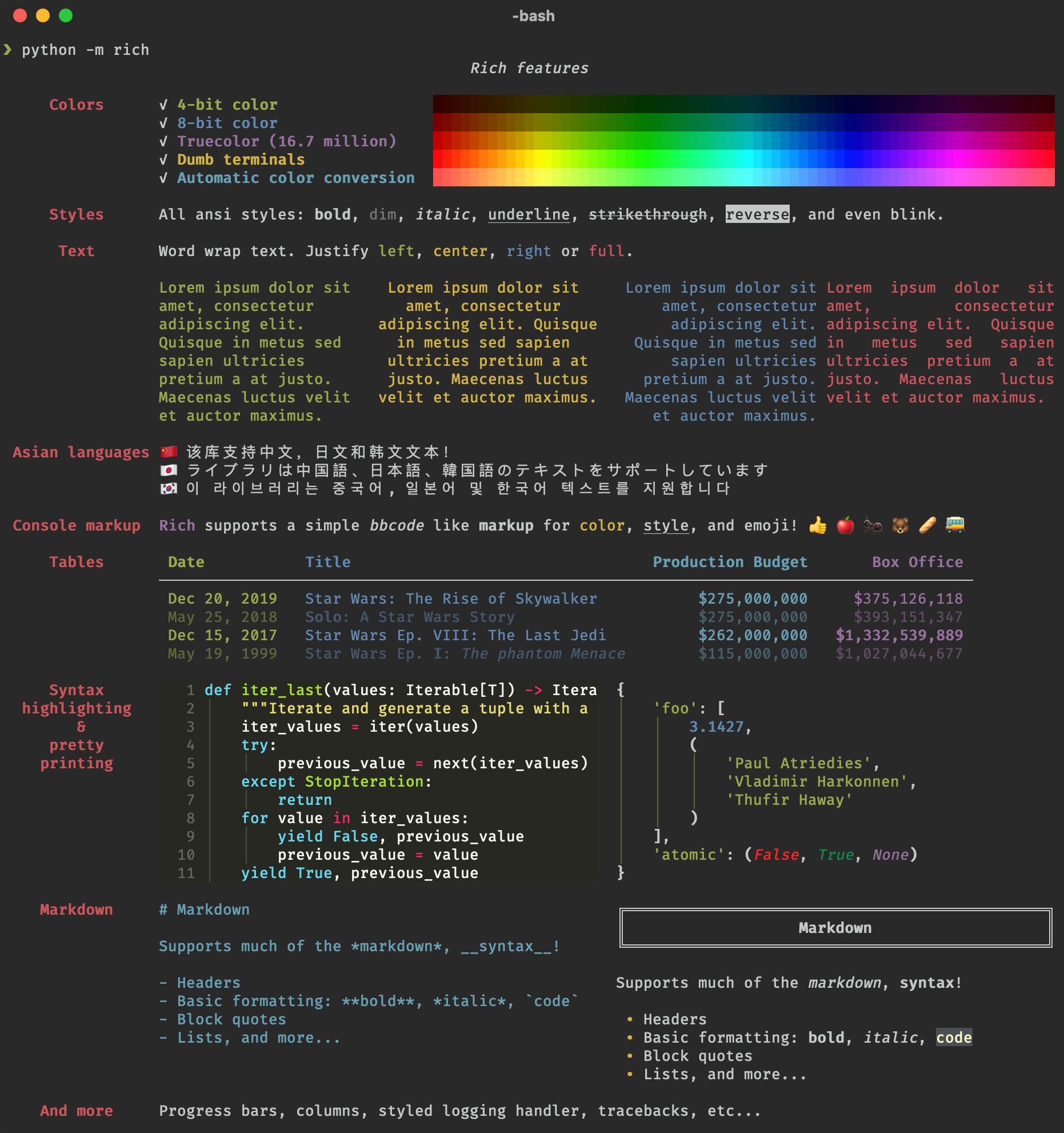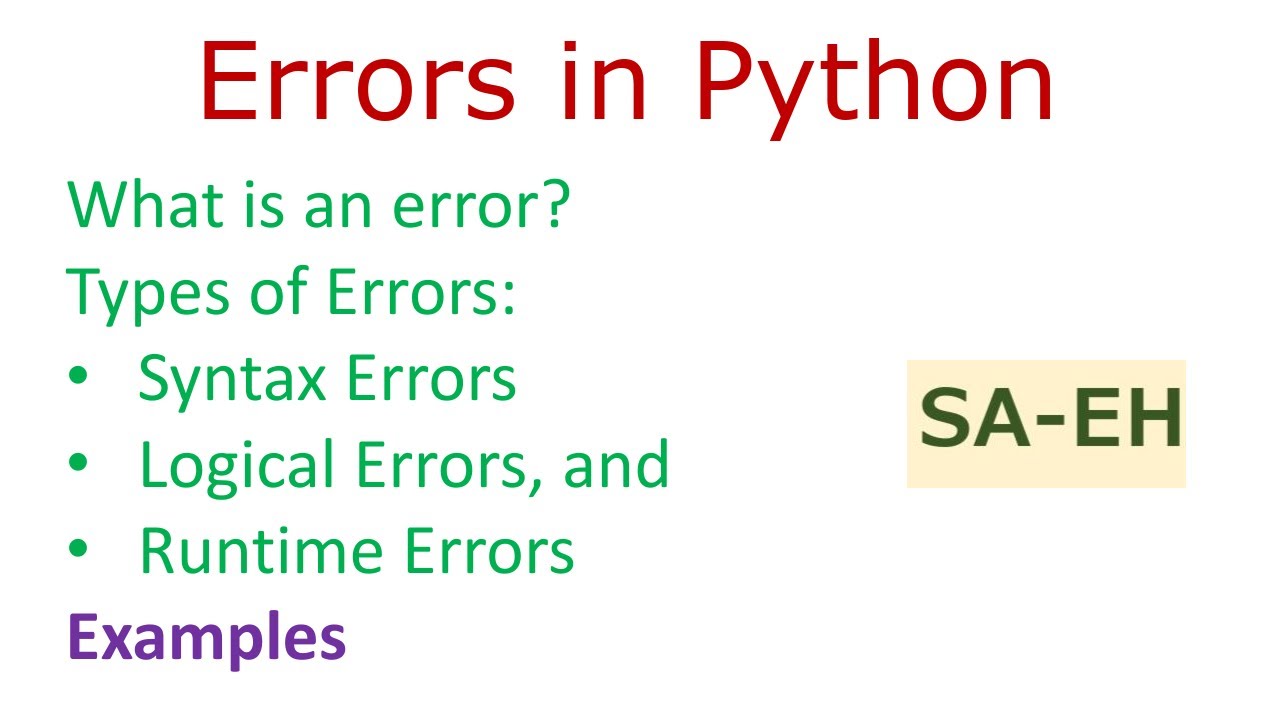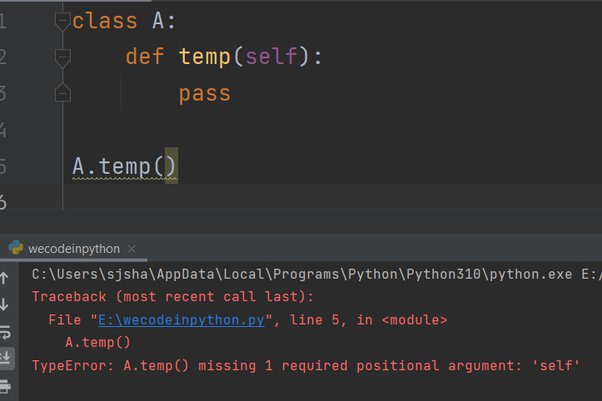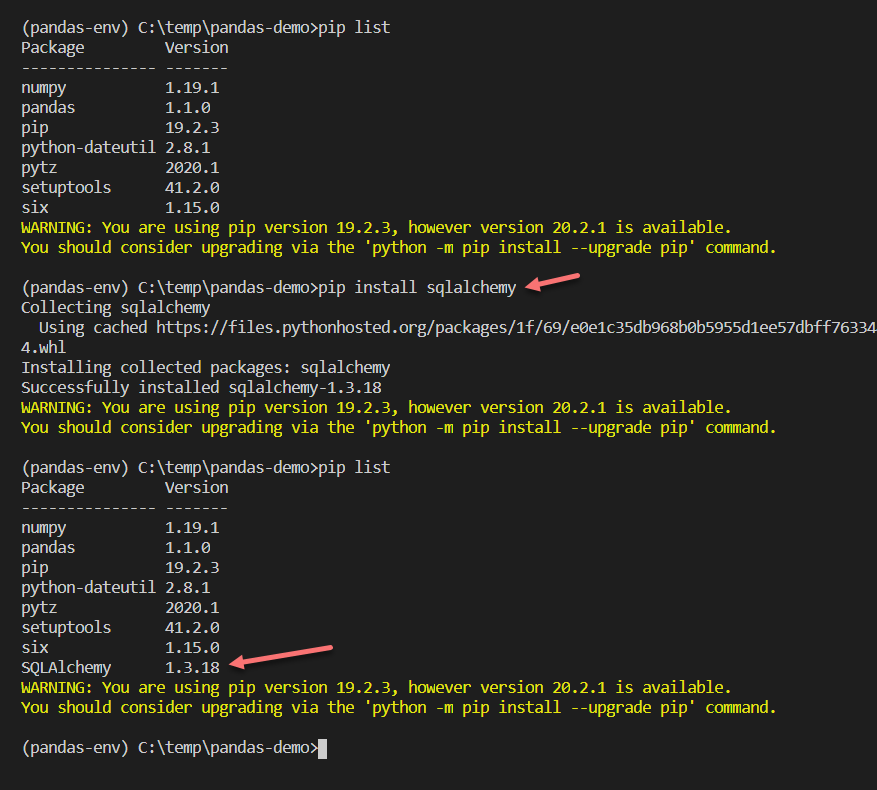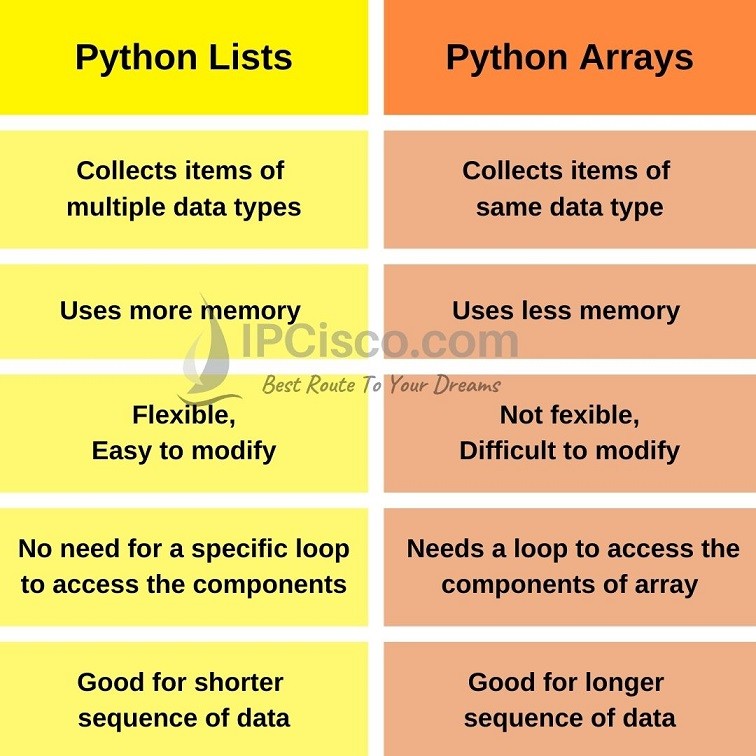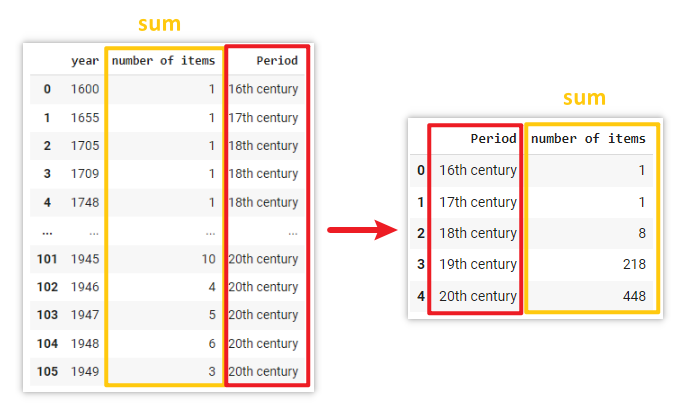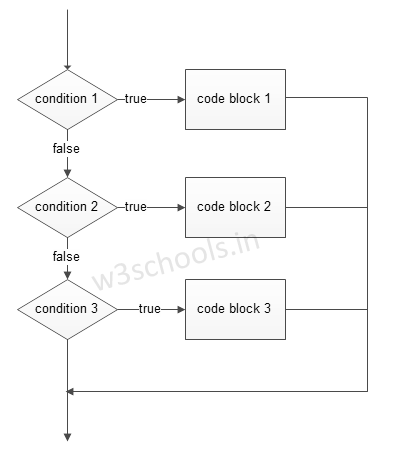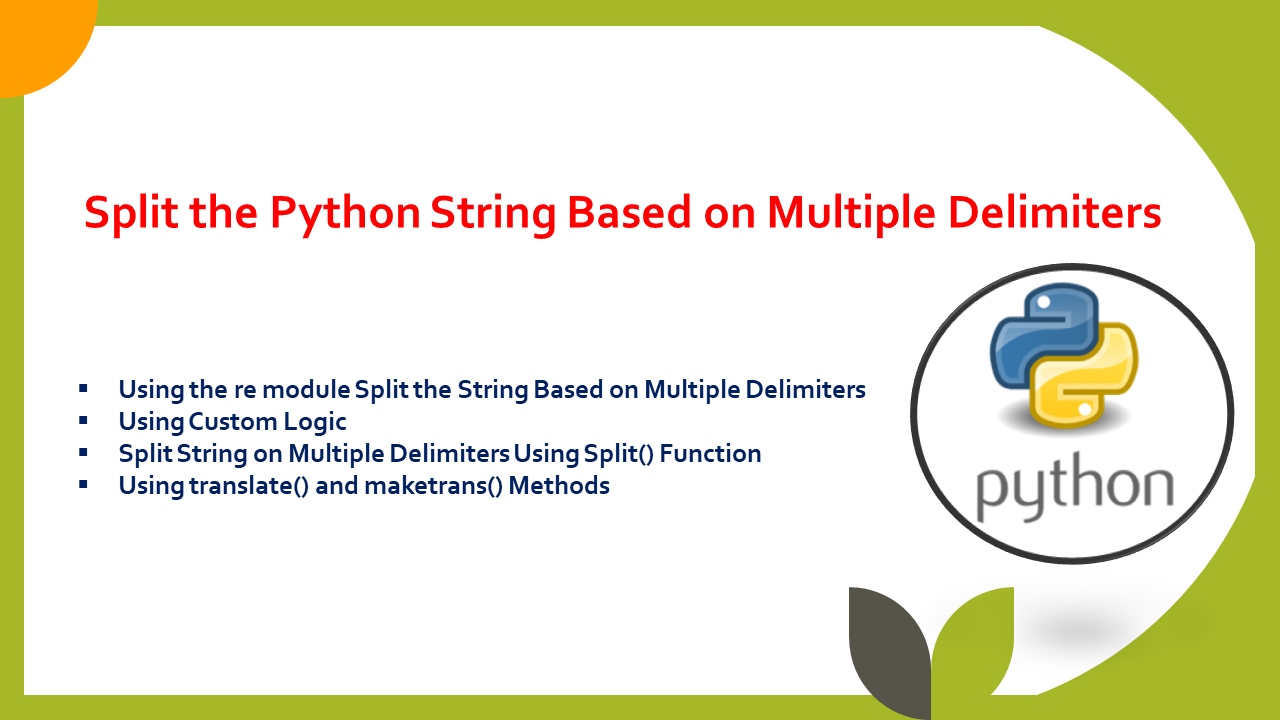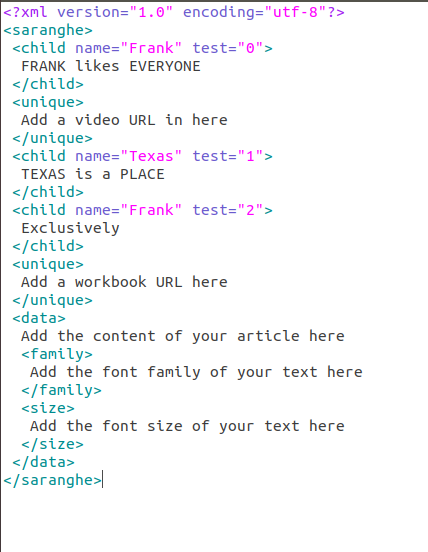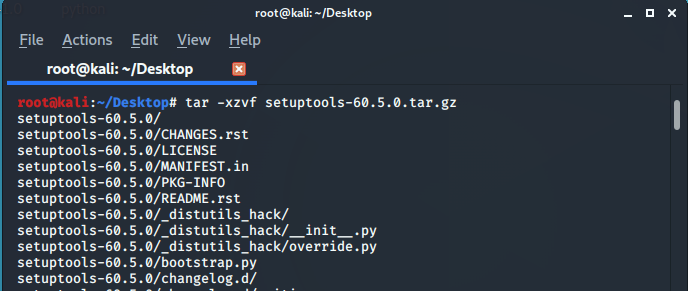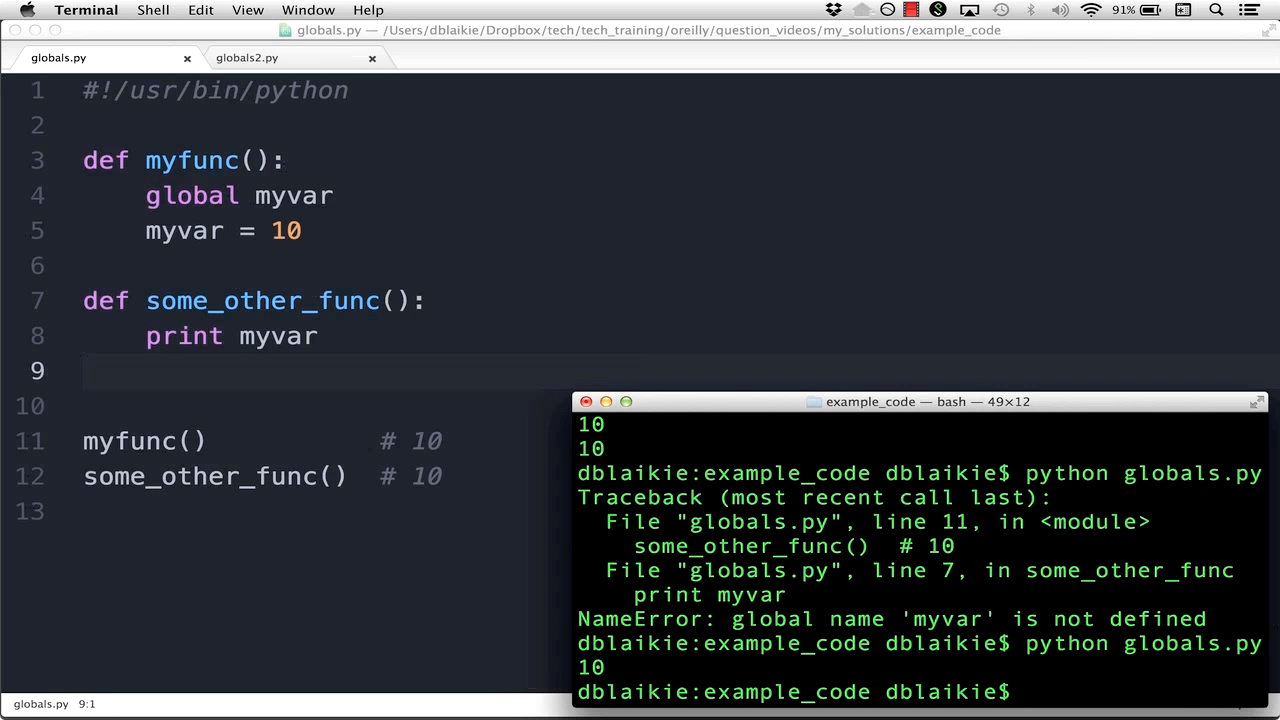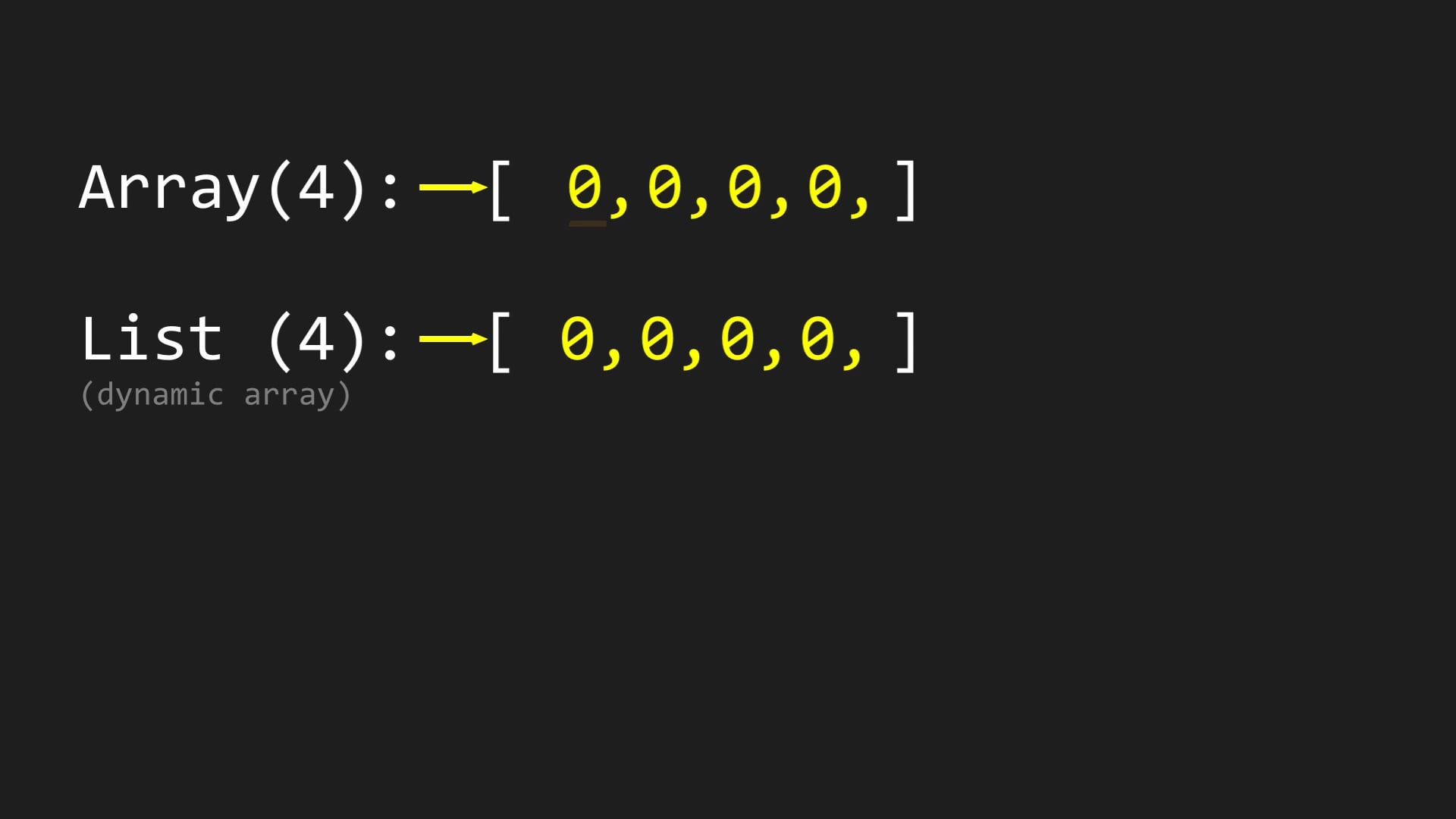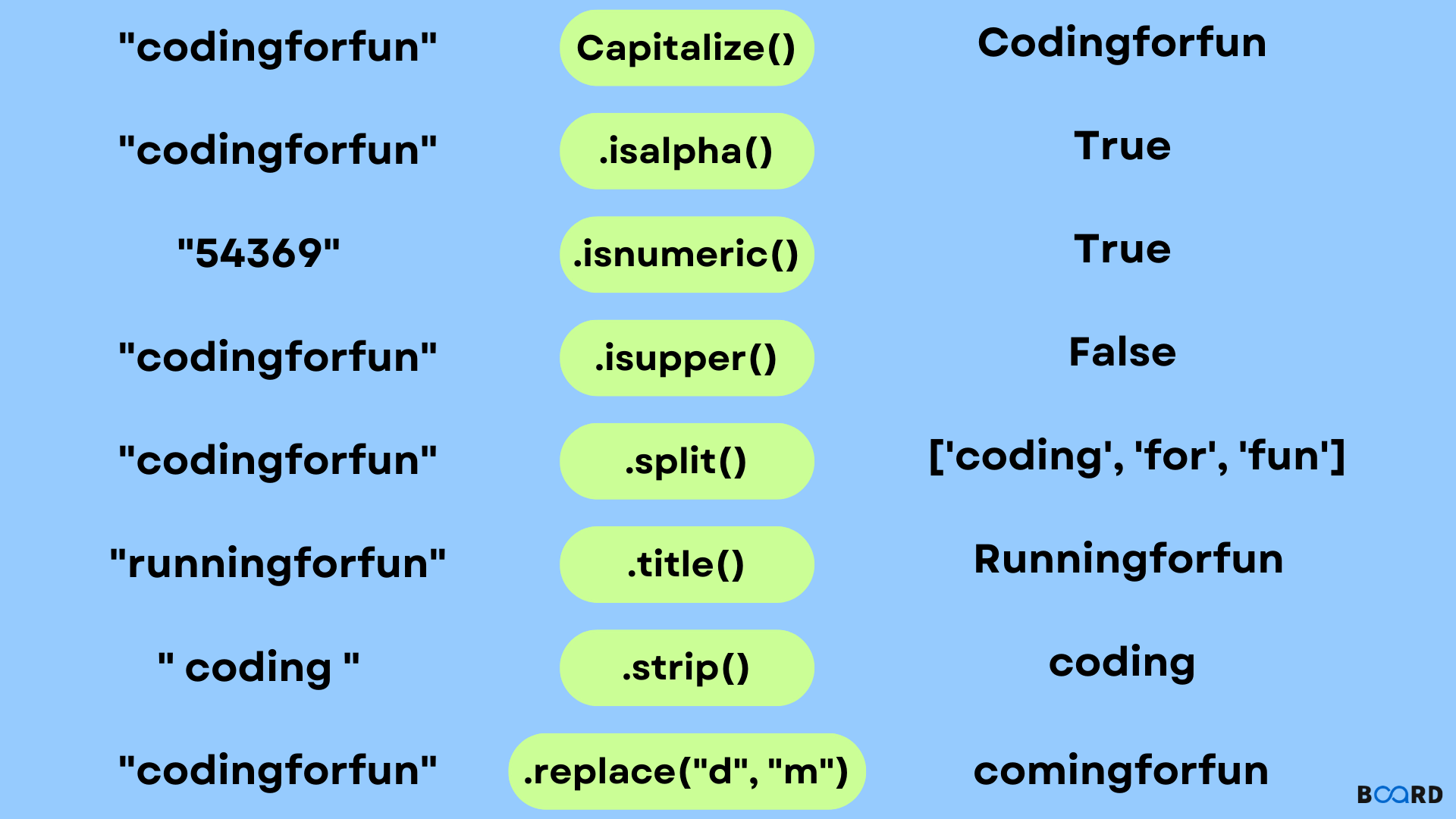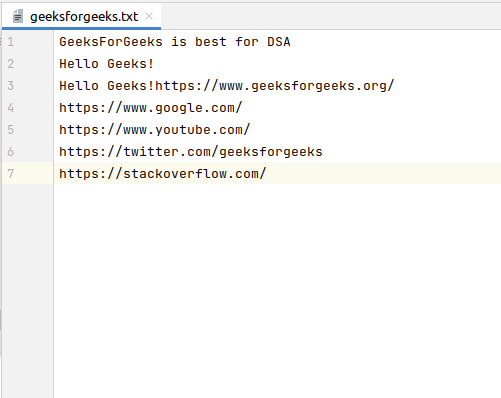Python set vs list vs tuple
Python set vs list vs tuple
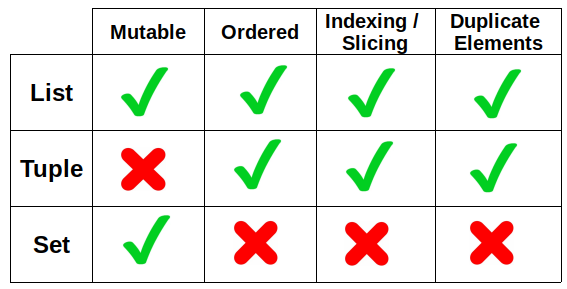
In the world of Python programming, set, list, and tuple are three fundamental data structures that serve different purposes. Understanding the differences between them is crucial for writing efficient, readable, and maintainable code.
Set
A set in Python is an unordered collection of unique elements. It's a mutable container that can contain any type of immutable objects, such as integers, strings, or other sets. One of the most significant characteristics of a set is its ability to automatically remove duplicate values. This feature makes it ideal for operations like checking membership, finding unions and intersections of sets, and removing duplicates.
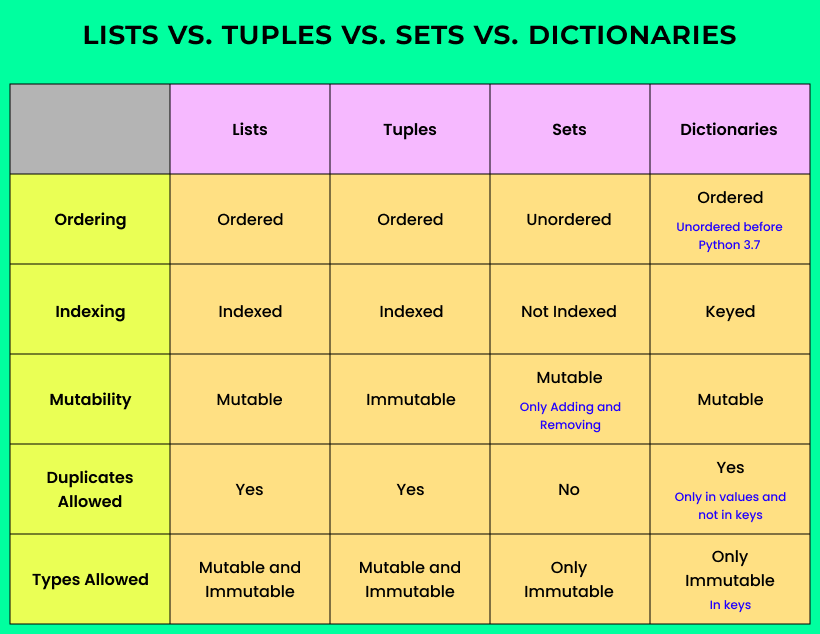
Some key features of Python's set:

List
A list in Python is a sequential collection of objects that can be indexed. Lists are ordered and mutable, meaning you can add or remove elements, as well as change their order. Lists are particularly useful when you need to store data with a specific order or access elements using indices.
Some key features of Python's list:
Tuple
A tuple in Python is an immutable ordered collection of objects. Like lists, tuples maintain their original order and are indexed. However, once a tuple is created, its contents cannot be changed. Tuples are useful when you need to store data that shouldn't be modified accidentally or intentionally.
Some key features of Python's tuple:
When to use each
Use a set when: You need to store unique elements and perform membership testing or union/intersection operations. You want to remove duplicate values from a collection. Use a list when: You need to store ordered data with specific indices. You require mutable behavior, such as adding, removing, or changing elements. Use a tuple when: You need to store immutable data that shouldn't be changed accidentally or intentionally. You want to benefit from the performance and memory efficiency of immutable containers.In conclusion, understanding the differences between Python's set, list, and tuple is essential for writing effective code. By choosing the right data structure for your specific needs, you can improve code readability, maintainability, and performance.
What is the difference between sets and lists in Python?
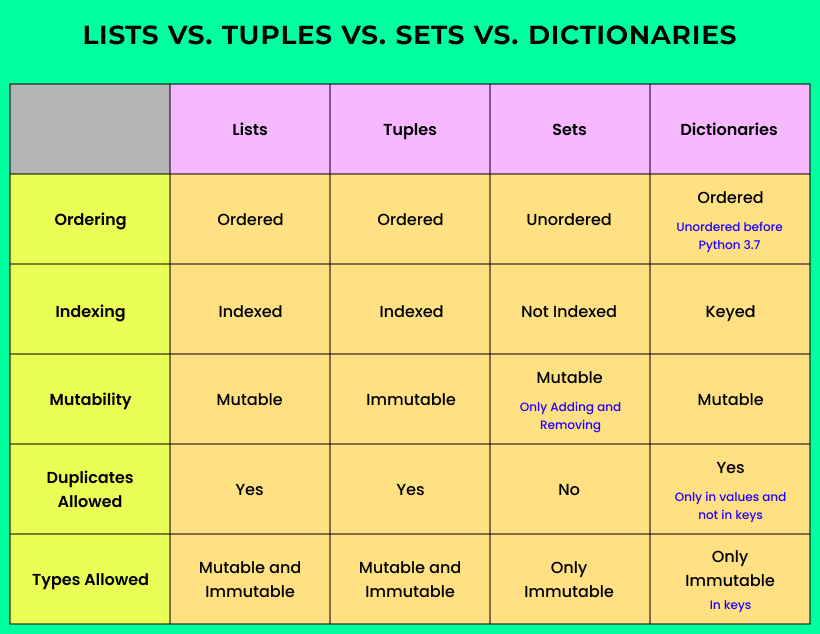
I'm happy to help you with that!
In Python, sets and lists are two fundamental data structures used to store and manipulate collections of items. While they share some similarities, there are significant differences between the two.
Lists
A list is a collection of items which can be of any data type, including strings, integers, floats, and other lists. Lists are denoted by square brackets [] and elements are separated by commas. They maintain the order in which elements were inserted.
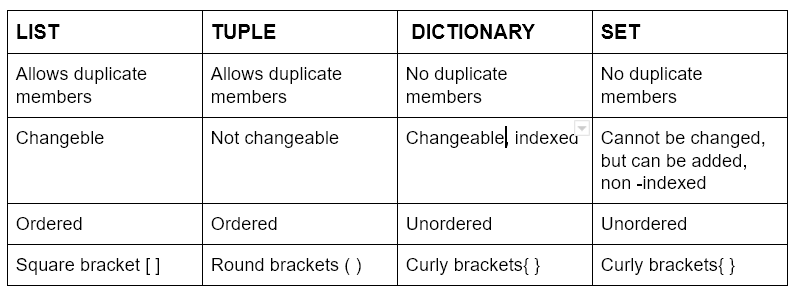
Here's an example of creating a list:
my_list = [1, 2, 3, 'hello', 4.5]
Lists have the following characteristics:
Ordered: Lists preserve the order in which elements were added. Mutable: Elements can be changed or removed from the list. Indexed: Lists use zero-based indexing, meaning the first element is at index 0.Sets
A set, on the other hand, is an unordered collection of unique elements. Sets are denoted by curly braces {} and elements are separated by commas. They do not preserve the order in which elements were added.
Here's an example of creating a set:
my_set = {1, 2, 3, 'hello', 4.5}
Sets have the following characteristics:
Unordered: Sets do not maintain any specific order. Immutable: Elements cannot be changed or removed from the set once it's created. Unique: Sets automatically eliminate duplicates, meaning only unique elements are stored.Key Differences
The main differences between sets and lists are:
Order: Lists preserve the order of elements, while sets do not. Uniqueness: Sets ensure that each element is unique, whereas lists allow duplicate elements. Mutability: Lists are mutable, allowing changes or removals, whereas sets are immutable.Use Cases
When to use sets and when to use lists depends on the specific requirements of your program:
Use a list when: You need to maintain the order in which elements were added. You need to modify or remove elements from the collection. Use a set when: You don't care about the order of elements. You want to ensure uniqueness and eliminate duplicates.Conclusion
In summary, lists are ordered, mutable, and indexed collections, while sets are unordered, immutable, and unique. By understanding the characteristics and use cases of each, you can choose the most suitable data structure for your Python programming needs.

